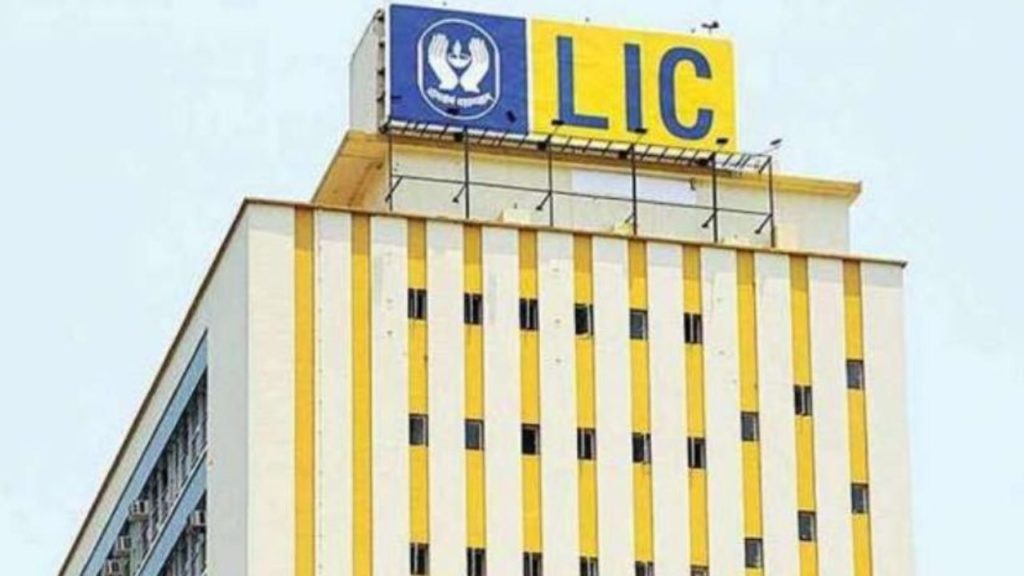LIC IPO Analysis: 4 Reasons Why You Should Not Buy LIC Shares, As Per This Stock Market Expert

Finally, the much-awaited, largest IPO of India, LIC IPO is around the corner for which the government was preparing for a couple of years and is all set to hit Dalal Street by mid-March.
Those who are planning to apply must be wondering about the positives and negatives of this offering.
Let’s go through the same, followed by recommendation whether one should subscribe to the issue or not.
These views have been expressed by Vaibhav Agrawal of Teji Mandi.
Contents
Positive Indicators For LIC IPO
Huge Network Of Insurance Agents
LIC leverages a huge network of 1.34 million individual insurance agents with 3,400 active micro insurance agents, and 72 bancassurance partners.
In addition to that, the trust in the brand ‘LIC’ can be observed by 282.5 million active policies in India as of six months ending September 2021.
Countries Largest Insurance Company
LIC is the largest insurance company in India and the fifth-largest in the world.
Considering its size, 3 out of 4 life insurance policies in India are sold by the LIC.
With all these achievements, LIC has truly made a mark in the Indian life insurance industry.
Innumerous Investments
In terms of assets, LIC manages assets amounting to Rs 39 lakh crore.
The amount is more than the amount that the entire mutual fund industry manages and is equal to 18.5 percent of India’s annualized GDP for FY22.
It is 16.2 times more than the AUM of the second-largest Indian life insurance player.
LIC’s investments in the listed equity segment equalled 4 percent of the total market capitalization of the NSE as of September 2021.
This shows the kind of strategic importance that the company holds for the Indian economy.
What About Negatives?
Affected By Financial Distress
In case if a company or a financial institution faces bankruptcy due to financial distress, the government can use the LIC to bail out these important institutions to prevent contagion.
The same happened for the IDBI Bank scenario where LIC infused Rs 4,743 crore in the bank after having already infused Rs 21,600 crore for a 51 percent stake, using policyholder funds in October 2019.
This can happen in future where the Indian government might ask them to take actions that may be against shareholder interests, states the company’s IPO prospectus.
Decreasing Persistency Ratio
Despite having a significant presence in the life insurance industry, LIC is losing market share to private players.
The persistence ratio shows the same as it stood at 78.8 percent for the 13th month, 70.9 percent for the 25th month, and 60.6 percent for the 61st month for H1 FY22.
Interestingly, these figures are better for private life insurance players.
Decreasing VNB Margins
VNB (value of the new business) margins are not that impressive for LIC when compared to its competitors.
LIC’s VNB margins were 9.9 percent For FY21 and for 6M FY22, they were 9.3 percent.
They seemed to be lower compared to other insurers, whose VNB margins are in the range of 20-25 percent.
More Mouth To Feed
After this listing, LIC will have to keep a balance between its policyholders and the shareholders.
Earlier, it shared 95 percent of its surplus profits with policyholders, but some amendments have been made now, so the profit-sharing ratio with the policyholders has been reduced.
So, the insurer will always have to keep both parties in sync in future.
Subscribe Or Not?
In Spite of having huge size and visibility, it would recommend to stay away from the company’s IPO, according to the experts on Moneycontrol.
Simple reasoning as other listed life insurance players have better metrics compared to the LIC.
Considering the persistency ratio, VNB, ROEV (return on embedded value), margin or growth rates, LIC scores lower on all these metrics and seems to be losing market share to its peers.
Also, the insurer is unable to take the advantage of operating leverage due to its high agent base.
So, LIC may not command premium valuations on the listing On these grounds, as per the report.

Comments are closed, but trackbacks and pingbacks are open.